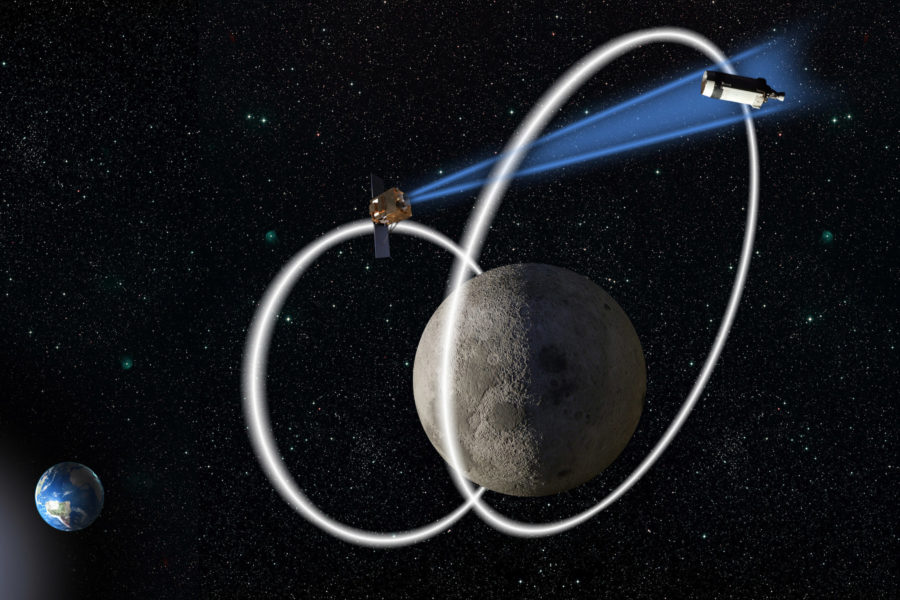The Space Force’s top officer thinks the U.S. needs to be able to surveil cislunar space as soon as five years from now to defend U.S. interests on and around the moon.
Chief of Space Operations Gen. John W. “Jay” Raymond explained his estimate—the need for cislunar space domain awareness in the next five to 10 years—during a webinar Jan. 19 by the Center for Strategic and International Studies.
NASA, with its mission of exploration and science, has said it plans to go back to the moon “hopefully here in the not-too-distant-future,” Raymond said. “I think for them to do their job, they have to have a domain that’s safe, and secure, and stable.”
NASA hopes to land astronauts on the moon’s surface by 2025 but will first send its vehicles on two test-flights to cislunar space and back—the first of those flights uncrewed, the second crewed but without a landing. Meanwhile, NASA and companies are planning a number of robotic missions.
Raymond said he views the Space Force’s role as “providing capabilities for our country’s way of life, and our way of war, and making sure that [space] is safe and stable so all can operate in it.” He said the Space Force already has the job, through the monitoring of objects in orbit, of protecting astronauts on the International Space Station. He alluded to dangers such as debris like that caused by Russia’s test of an anti-satellite weapon in November.
“So as the nation goes further away, as the world goes further away, from the Earth, I think there’s going to be a requirement to have, at least—at a minimum—some domain awareness on that environment,” Raymond said. “I would say in … the next five to 10 years, we’re going to have to have some capability to be able to support those operations.”
On the military side, he also acknowledged “utility” in keeping pace with advancements being made by China, “our pacing challenger,” to make sure “that we compete in all areas of the domain, not just in low Earth orbit, or medium Earth orbit, or geosynchronous orbit.”
The Air Force Research Laboratory’s Cislunar Highway Patrol System is an example of the military’s research into how objects move in cislunar space and new ways to track them.
The commander of U.S. Space Command, Army Gen. James H. Dickinson, described space domain awareness in an interview with reporters in August. He differentiated space domain awareness from the well established practice of space situational awareness.
“One is different that the other,” Richardson said. Space situational awareness is more simply “reporting on where something is in space—characterizing it that way,” he explained. Space domain awareness “is a little bit more complicated,” requiring observers to try to understand and assign motive—“the ‘why’—the intent—behind having something in space and where it is.”

